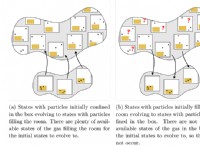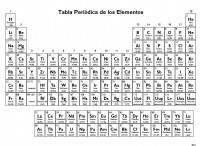1。エンタングルメント生成:
- 絡み合った粒子または量子システムを生成します。手法には、パラメトリックなダウンコンバージョン、量子ドットベースのシステムなどが含まれます。
2。量子チャネル:
- エンタングルメントを保持できる量子チャネルを準備して保護します。これには、光ファイバーまたは自由空間のセットアップが含まれます。ノイズとデコヒーレンスを最小化することが重要です。
3。量子リピーター:
- 量子リピーターは、長距離にわたって絡み合いを拡張するために使用されるデバイスです。これらのステーションは、精製とエンタングルメントスワッピング操作を実行して、絡み合いを維持および拡張できます。
4。エラー修正と検証:
- エラー補正プロトコルは、ノイズと不完全性による長距離伝送中の量子ビット(QUBITS)を保護するために不可欠です。量子エラー修正コードや量子テレポーテーションなどの手法は、エラーを検出して修正するのに役立ちます。
5。自由空間量子通信:
- 自由空間の量子通信のために、衛星リンクまたはレーザーを使用して、絡み合った粒子を大気中から送信できます。ただし、乱流や騒音などの問題はこれを困難にします。
6。 Quantum Teleportation:
- Entanglement enables quantum teleportation, which allows the transfer of quantum information from one location to another without physically transporting particles.
課題と制限:
- Distance Dependence:Entanglement-based communication becomes more challenging over larger distances due to factors like decoherence and noise.
- Fidelity:Maintaining high-quality entanglement over long distances can be challenging, as the transmission process can introduce errors and decoherence.
- Scalability:Implementing large-scale quantum networks with many interconnected nodes requires significant theoretical and technical advancements.
While these challenges exist, research efforts continue to make progress towards scalable, long-distance entanglement-based quantum communication. As technologies improve, the potential for secure, eavesdropping-resistant communication, distributed computing, and other quantum applications may become a reality.







